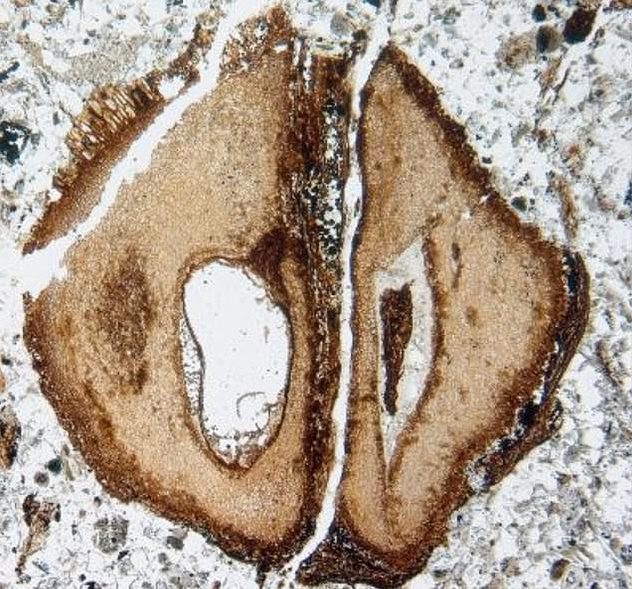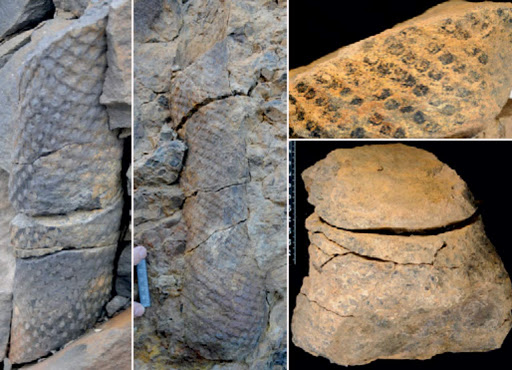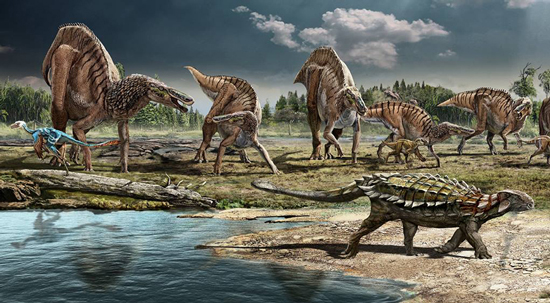The red-brown timber is mostly known for its uses in furniture making, but the word ‘mahogany’ refers to a diverse flowering plant family of both trees and shrubs. This family’s scientific name is Meliaceae.

World’s Oldest Mahogany Specimen
The American Journal of Botany reported the researchers’ discovery and analysis that described a mahogany specimen that was well preserved and showed that it dated back to 72 to 79 million years ago. That means that the specimen would have been alive during the Campanian stage of the Late Cretaceous, which is a remarkable 15 to 20 million years earlier than previously believed.
Once the specimen was discovered in Vancouver Island, it made its way to a team at the University of Kansas, who quickly realized just how valuable this specimen actually was.

Fossilized Plants Provide Insight
Assistant professor of Ecology & Evolutionary Biology Brian Atkinson of the University of Kansas explained further in a statement. “I combined the molecular data from living representatives of the mahogany family with the morphology of the fossil, as well as the morphology of living species. And then I subjugated that combined dataset to phylogenetic analyses, which allows us to reconstruct evolutionary relationships,” he said.
“Based on this analysis, we found the fossil is closely related to this genus called Melia, which is living today,” Atkinson concluded.
The specimen was given the name Manchestercarpa vancouverensis, an ode to where the specimen was discovered (Vancouver) and also a nod to Steve Manchester, who is a prominent paleobotanist.
The research implications of this discovery extend far and wide. The specimen may provide insight intro how flowering plants have evolved. The mahogany family helps provide vital information, for example, mahogany fossils are often used as evidence of an area that once hosted a tropical forest. This discovery could reshape our knowledge of life during the Late Cretaceous period.

Dinosaurs Of Late Cretaceous Period
Atkinson explained: “A lot of researchers have used this group as a study system to better understand the evolution of tropical rainforests. This work is the first definitive evidence that the tropically important trees were around during the Cretaceous period, when we first start to see the modernization of ecosystems and modern groups of plants.”







